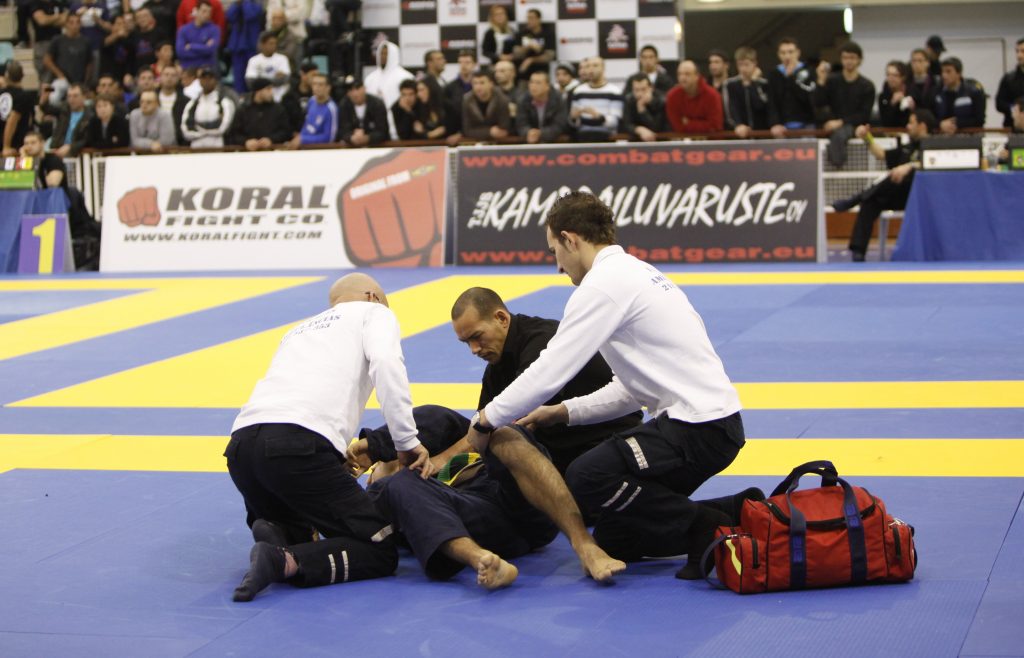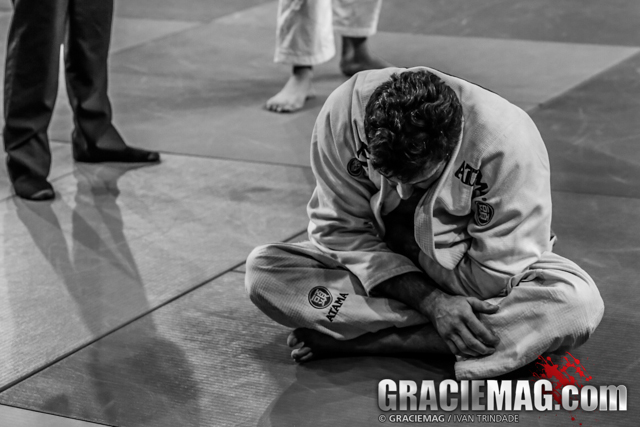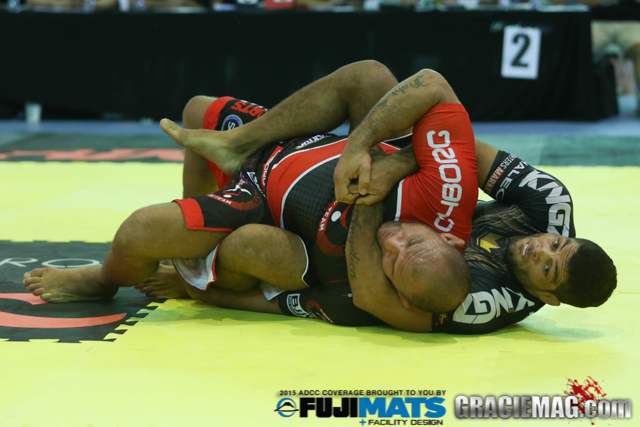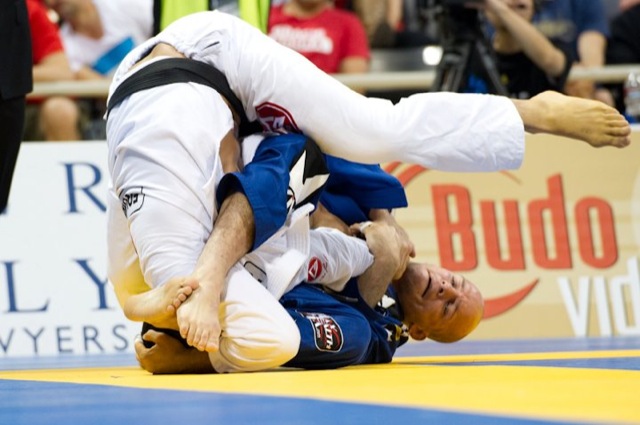Adapted from an article by Gustavo Asmar*
Longevity in sports depends on multiple sorts of prevention. Orthopedists who specialize in treating lesions suffered by athletes have been studying prevention more and more. We try to identify the key measures that enhance an athlete’s physical integrity and health. In the case of BJJ, we study the moves applied most often, the biomechanics of movement, and the lesions that recur most frequently.
I like using the armbar as an example, one of the best-known and most used armlocks, where the most common mechanism of trauma is a hyper-extension of the elbow with the forearm in a neutral position. Because of that, the patient usually presents pain in the elbow’s medial and anterior regions. They feel high-intensity, but not incapacitating pain. So they don’t even seek medical care, instead using anti-inflammatory medication on their own, or doing just physical therapy sessions and quickly improving. Sometimes they even go to an emergency room, but as soon as a fracture is ruled out, they go back to their normal activities.
The most common lesions caused by the armbar are those of the elbow’s medial complex. We can cite the common flexor tendon of the fingers and the ulnar collateral ligament. These lesions will only be made evident by nuclear magnetic resonance, and if neglected, may cause instability of the elbow, compromising the athlete’s performance, causing local degenerative lesions, which can compromise their longevity in the sport as well as increase the risk of new, serious lesions to the elbow.
Therefore, if the practitioner suffers a lock that generates pain lasting longer than three days, or if they have a bruise in the region, they should promptly seek an orthopedist to really treat that lesion. Depending on the severity, the instability and the athlete’s performance level, either a conservative treatment will be recommended, with immobilization by sling for two or three weeks, or in the serious cases, surgery.
It’s for that reason that BJJ teachers usually tell their students not to have any vanity while sparring. Once they notice that their opponent has sunk a tight lock, a fighter must not resist too much. Tapping out is the best prevention that can be recommended — the key tip for you to keep training BJJ with quality of movement for your whole life.
* Gustavo Asmar is an orthopedist specialized in sport trauma, and a member of INTO’s Center for Sport Trauma.





